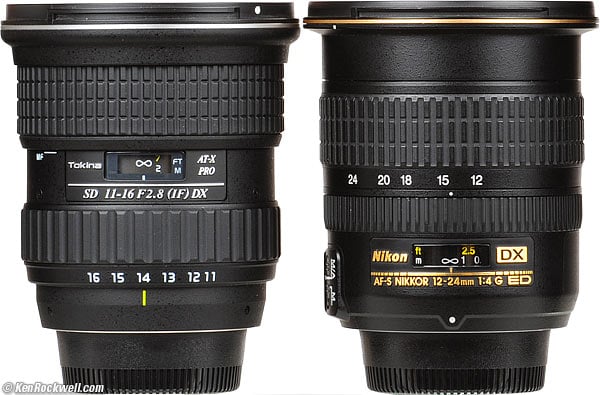

#Tokina 11 16 canon full frame upgrade#
However, the primary reason for my upgrade was to be able to use it for people photos in dim light, especially when I can't use a high ISO. Note: vignetting was added in post-processing Pushing it in re-engages the focus mechanism. When pulled back, the focus ring disengages the focus mechanism from the camera's focusing motor, allowing the user to set the focus manually.
#Tokina 11 16 canon full frame manual#
The Tokina features a Focus Clutch Mechanism which allows you to easily switch from autofocus to manual and back merely by pulling or pushing the focusing ring. It's made of plastic and it feels rather light but solidly-built. The Tokina 11-16 is part of Tokina's AT-X PRO series, which is Tokina's line of professional grade crop-sensor lenses. The Tokina 11-16 is Tokina's second ultrawide lens for crop sensor cameras, and it looks virtually identical to its older sibling, the Tokina 12-24 f/4 (which is also a well regarded ultrawide). So I sold the Sigma that I loved so much and got the Tokina 11-16. Finally, the Tokina has a trick that the Sigma doesn't have: even though the Tokina is a crop sensor lens (like the Sigma) the Tokina can actually be used on a full frame camera (with limits). The Sigma was quite sharp for me, but hey, an even sharper lens would be great. Second, reviews of the Tokina say that it is a very sharp lens. Alternatively, it would be like having one extra stop of ISO. I would be able to shoot at double the shutter speed compared with the Sigma. First, the Tokina has a constant 2.8 aperture. f/4.5, 1/10, 1600 ISO.Īfter shooting with the Sigma for a while, I began to consider upgrading to the Tokina 11-16. Sigma 10-20: noticeable blur from subjects' movement due to the narrow aperture. Subjects would appear blurred, not so much from the camera movement, but the movement of the subjects themselves. However, for available light photos of people in indoor or dim light, the aperture was a little too slow. When there was plenty of light or when I was using flash, it was also excellent. For locations and inanimate subjects, it was perfectly fine.

The one thing about the Sigma 10-20 that I was not completely satisfied with was the aperture. I unexpectedly found it very useful for people photos, not just for shots of locations. Just a couple of months ago, I got an ultrawide lens, the Sigma 10-20 f/4.0-5.6 ( reviewed here). Is it worth the extra cost? Hit the jump for our review and samples.ĮDIT: Added comments re chromatic aberration, ghosting and flare. In this post, we review the Tokina 11-16 f/2.8, a crop-sensor lens with a fast constant aperture and a reputation for sharpness.


 0 kommentar(er)
0 kommentar(er)
